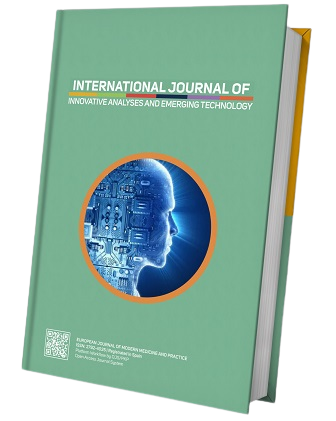Treatment of Pain Syndrome in Osteochondrosis of the Lumbar Region and Radiculitis through Reflux Therapy
Keywords:
herniated intervertebral disc, degenerative changes, lumbar osteochondrosis, computed tomography and magnetic resonance imagingAbstract
Herniated intervertebral disc with lumbar osteochondrosis is diagnosed among 62.9% of patients and is the most prevalent disease of the lumbosacral spine. In 86% of observation the lumbar diskogenic radiculitis conflict is the cause of lumbosacral pain. Removal of herniated intervertebral discs at the lumbar level is the most frequently performed and planned operation in all neu¬rosurgical hospitals in our country and abroad. During the many years, the microdiscectomia was the optimal method of treatment of the discogenic radiculitis and assumed as a the concept of the “Gold standard”. However, popularization of the endoscopic and puncture techniques in the surgery of herniated intervertebral discs force specialists to reconsider this concept. Currently, endoscopic discectomy performed through mechanical removal of herniated disc, laser vapolirization, chemonucleolysis, vacuum extraction, radio frequency intradiscal therapy and their various combinations.







